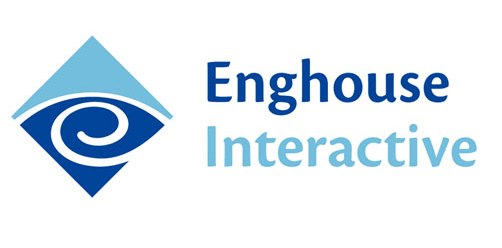Meeting Multi-generational Consumer Demands – Jeremy Payne, VP of Alliances, Enghouse Interactive, discusses how your contact centre should address all of the needs of all of your customers

Meeting the requirements of a diverse customer base is a challenge for every organisation. Consumer preferences vary considerably, of course, and if organisations are able to address all these different needs, it can act as a competitive advantage for them.
These differences can be generational in focus. We often hear about how the older generation might prefer to pick up the phone and have human interaction when making a complaint, while, in contrast, it’s reported that millennials will do anything to avoid a phone call and would rather speak with a chat bot or receive a text to solve their issue.
These kinds of generational divides do exist and organisations should be aware of them. However, a strong note of caution needs to be struck. Broad generalisations can often be misleading. There are many older people who are adept at using apps on their phone to engage with businesses. It is also true that many younger people are happy to use more traditional methods of engagement. Indeed, these traditional channels still remain universally popular today. When Critical Channels of Choice, a recent report by CMO Council and Pitney Bowes, analysed 2,000 consumers across five generations), the two channels most frequently identified by respondents – telephone (28%) and in person (17%) – were both non-digital.
Segmentation matters
When planning their whole customer service approach, organisations really need to start by taking a step back and looking at what all customers are really looking for, which is good, efficient, effortless customer service that delivers the result or outcome that they want quickly and easily. They need to also consider how customers want this service delivered and where.
The next stage is to triangulate down to what the customer experience or service looks like to different segments, groups, profiles or customers. Age is clearly one of the demographics that you could use to segment customers at this stage, but it is one of many.
The business might want to segment people in terms of whether they are a new customer or have done a lot with the organisation in the past. They might want to know if they have a high net worth individual that they would be eager to deliver particularly excellent customer service to. They could also be interested in considering whether that customer has complained in the past and whether they have a high propensity to churn.
The truth is that as any business considers both channel and quality of service, there may be a lot of different variables that need to go into the mix over and above the multi-generational debate.
All the above demographics and customer characteristics need to be borne in mind but whatever the precise mix of customers the business is dealing with, it will need to first understand and then monitor and manage the whole customer journey from the outset.
Focusing on the journey
Organisations should always be cogniscent of the 80/20 rule – they should have understanding of the 20% of customer journeys that drive 80% of their interactions. They need to think about metrics: like the top five journeys that drive the most complaints or the most revenue, for example. Thinking about those journeys and the customer profiles they typically interact with, businesses should then be able to home in on the most efficient way of getting a given customer from A to B, regardless of age or any other specific parameter. Once the business has established that broad profiling parameter, it can refine further, based on the device the customer is using and their interaction history.
This focus on the overall optimum customer journey is key. It is important also because many businesses make the mistake of empowering the customer to choose which journey is right for them. That is often a big mistake to make as customers invariably choose a channel that they are comfortable with but one that is nevertheless not necessarily appropriate for the interaction type. An individual who likes using chat in their daily lives choosing it as a channel to apply for a mortgage would be a case in point.
Service above all else
The starting point, however, should always be good customer service because good customer service ultimately transgresses age and profile. Everybody recognises good customer service when they have used an app on their phone that works well and they can get what they need quickly, easily and intuitively. 80% of the story is always good customer service itself, irrespective of who the customer is and what they are worth. Businesses need to deliver that as standard before they refine it and jump to the fine-grained detail. They should avoid the trap of jumping into the detail before they have spent enough time getting a process and a journey mapped out that is right for the vast majority of people.
Once the business has mapped out the broad journey, they can layer in advanced technology like AI, chat bots and machine learning to further refine their service offering. They can start making use of social media forums to build an additional channel to market. But while the generation gap may be one of many contributing factors shaping the customer service mix, businesses need to be aware that whatever the precise approach they take, developing the optimal customer journey should always be a key part of the strategy.”

Jeremy Payne is VP of Alliances at Enghouse Interactive
Enghouse Interactive delivers technology and expertise to maximise the value of every customer interaction.
Core technologies include contact centre, attendant console, predictive outbound dialler, knowledge management, IVR and call recording solutions that support any telephony environment, on-premise or in the cloud.
 Enghouse Interactive has thousands of customers worldwide, supported by a global network of partners and more than 800 dedicated staff across the company’s international operations.
Enghouse Interactive has thousands of customers worldwide, supported by a global network of partners and more than 800 dedicated staff across the company’s international operations.
For additional information on Enghouse Interactive visit their Website or view their Company Profile




